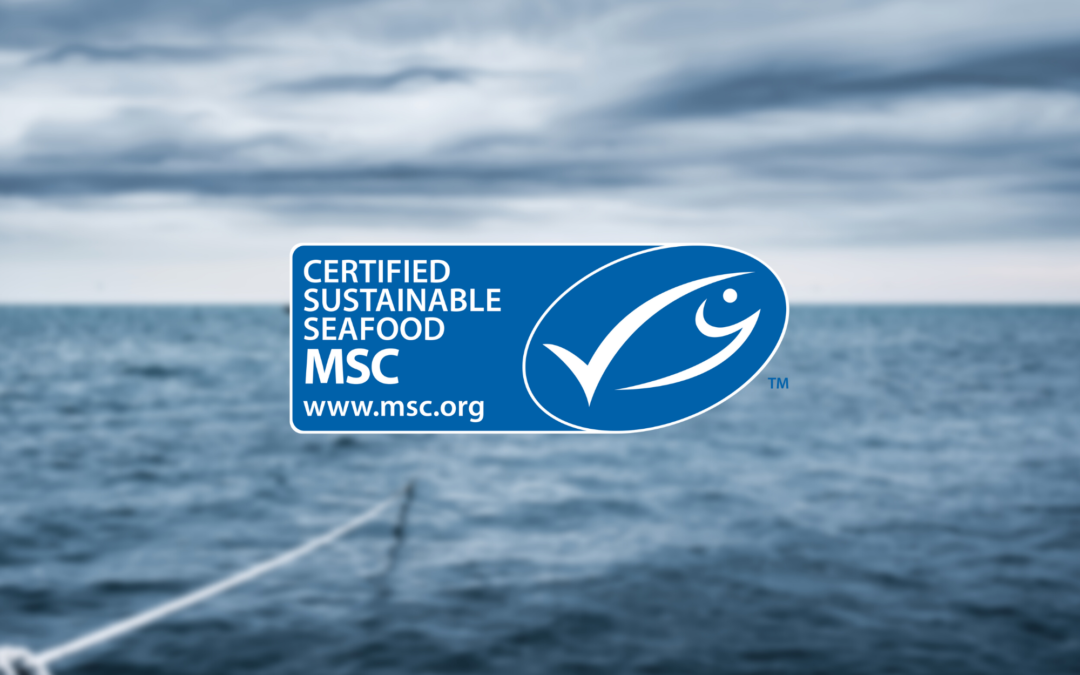AUTHOR
Dr. Ranjit Suseelan
Consultant (INDIA), Marine Stewardship Council, 1-3 Snow Hill| London EC1A 2DH| United Kingdom

Introduction
The Marine Stewardship Council (MSC) is an international not-for-profit organization established to transform the way the oceans are fished by creating market recognition and incentives for well managed and sustainable fisheries worldwide. The MSC has developed a logo to inform consumers that when they buy seafood products with a MSC logo they are supporting healthier oceans and a healthier environment. MSC supports development of sustainable marine fisheries by promoting responsible environmentally sound, socially beneficial, and economically viable fisheries practices while maintaining the biodiversity, productivity, and ecological process of the marine environment. Both the end customer and the fishing industry gain through this certification. MSC environmental standards for sustainable fishing are based on FAO Code of Conduct for Responsible Fisheries (CCRF). MSC Certification is a set of Principles and Criteria for sustainable fishing which is used as a standard in a third party, independent and voluntary certification programme. These were developed by means of extensive international consultative process through which the views of stakeholders in fisheries were gathered.
MSC certification contributes to SDG14 on Life Below Water, which commits countries to conserve and use the oceans sustainably, seas and marine resources for sustainable development. MSC’s work also contributes to other goals including food security (SDG2), decent work (SDG8), sustainable consumption and production (SDG12) and strengthening global partnerships for sustainable development (SDG17).
Basic principles of MSC Certification
Principle (P1): A fishery must be conducted in a manner that does not lead to overfishing or depletion of the exploited populations and for those populations that are depleted, fishery must be conducted in a manner that demonstrably leads to their recovery.
Principle (P2): Fishing operations should allow for the maintenance of the structure, productivity, function, and diversity of the ecosystem (including habitat and associated dependent and ecologically related species on which the fishery depends).
Principle (P3): The fishery is subject to an effective management system that respects local, national, and international laws and standards and incorporates institutional and operational frameworks that require use of the resource to be responsible and sustainable.
To determine if each principle is met (for guidance on how certification can be approached see https://www.msc.org/documents/getcertified/fisheries), the MSC Fisheries Standard comprises 28 performance indicators (Fig. 1). These are used by independent conformity assessment bodies (CABs) to score the fishery (Fig. 2). To ensure the MSC program and its associated benefits are accessible to all fisheries including those from the developing world, the MSC developed a set of precautionary risk-based indicators for the assessment of data-deficient fisheries – the Risk-Based Framework (RBF).
An infographic on the characteristics of a credible FIP is given in Fig. 3. The first step is to identify fisheries which have the potential for MSC certification.
Why MSC?
Several ecolabelling programs exist for wild capture fisheries. The MSC, however, is a globally recognized and truly independent third-party certification program that holds the most credible sustainability standard for wild-caught fish for the following reasons:
- The MSC is fully compliant with the Food and Agriculture Organization (FAO) Guidelines for the Ecolabelling of Fish and Fishery Products from Marine Capture Fisheries. It is also consistent with the ISEAL (the global membership organisation for ambitious, collaborative, and transparent sustainability systems) Alliance codes of good practice on standard setting and impact monitoring.
- Accredited, third-party Conformity Assessment Bodies (CABs) complete fishery assessments against the MSC standard.
- The MSC assessment methodology is fully defined and publicly available, as is the guidance for use of the methodology. Performance indicators are measurable with detailed scoring guideposts for each.
- The MSC standard not only ensures that responsible management practices are in place, but also that fisheries are operating at sustainable levels (e.g., stocks are above the point of impaired recruitment; the fishery does not cause serious or irreversible harm to habitat structure or function).
- The program includes annual monitoring and review processes to ensure that certified fisheries continue to meet the MSC standard.
- A robust traceability system, the MSC Chain of Custody (CoC) certification program, ensures that MSC certified products can be traced back to a certified fishery at each point in the supply chain.
- The MSC certification process is fully transparent, and stakeholders play an active role in each assessment to reduce the risk of undue influence by any one party during the certification process. Each assessment team is required to consult with stakeholders at several points during the assessment process to ensure a scientifically robust outcome.
For More>>

